Video of the Week:
Caring for Knockout Roses
Upcoming Events:
Friday, April 1 or Saturday, April 2
Topics Covered:
Growing oyster mushrooms on straw and sawdust
Inoculating shiitake mushroom logs (hands-on)
Growing winecap mushrooms in woodchips or straw mulch
Log selection and harvest
Each participant will receive:
Oyster Mushroom Production Bag
Inoculated Shiitake Log
Cost of the workshop: $25
For details, see http://www.reno.k-state.edu/docs/Mushroom%20workshop%20flyer.pdf or call
620-662-2371.
Vegetables:
Frost Proof Vegetable Plants
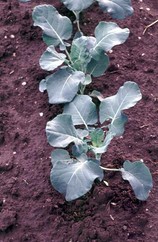
Reducing watering and temperature is the key to toughening up transplants. If possible, move transplants outside for a portion of each day. Start by placing them in a shady, protected location and gradually move them into a more exposed, sunny location as the week progresses. Hardened off cabbage, broccoli, cauliflower and onions can withstand temperatures near 20 F without being killed. Lettuce plants are not quite as tough but will be okay if exposed to temperatures in the mid 20s.
Don’t hesitate to put these plants out now if extreme cold is not forecast. (Ward Upham)
Asparagus Time
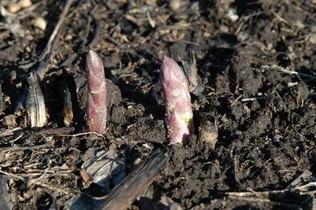
Harvest asparagus by snapping or cutting. Snapping is quick and easy. Simply bend the stalk near the base until it breaks. Snapped ends dry quickly so refrigerate or use soon after harvest. If you cut asparagus, use a sharp knife to detach the spears slightly below ground level. This base is woodier than snapped asparagus, so it doesn't lose water as quickly. Cut off woody ends before cooking. (Ward Upham)
Herbicides for Home Gardens
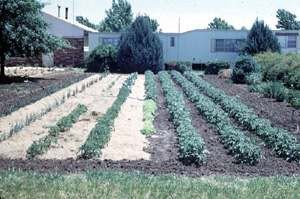
The preemergence herbicide is trifluralin. Preemergence herbicides kill weed seeds as they germinate. They usually have no effect on weeds that have emerged. Therefore, they must be put on either before weeds come up in the spring or after weeds have been physically removed. The preemergence herbicide trifluralin is sold under the trade names of Treflan, Preen, Miracle-Gro Garden Weed Preventer, Gordon's Garden Weed Preventer Granules and Monterey Vegetable and Ornamental Weeder.
The postemergence herbicide is sethoxydim. This product only kills grasses; broadleaves are not affected. It can be sprayed directly over the top of many vegetables. Sethoxydim is sold as Poast, Monterey Grass Getter, and Hi-Yield Grass Killer. A second postemergence herbicide called fluazifop-p-butyl is labeled for commercial growers as Fusilade, but I haven't found vegetables listed on the homeowner labels, “Over the Top Grass Killer” and “Grass-No-More.” Also, the other homeowner products mentioned above often do not have as many vegetables on the label as the commercial products. Even among the homeowner products with the same active ingredient, there may be slight differences among labels. Check product labels to be sure the crop is listed. Here is a list of herbicides and the crops for which they are labeled. Many of these crops have application restrictions. For example, trifluralin can be used on asparagus, but must be applied before spears emerge. (Ward Upham)
Fruit:
Apple Tree Sprays
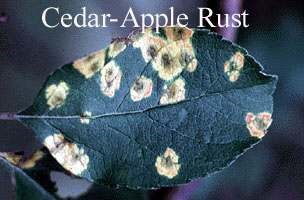
Fungicide sprays during April and May are critical to preventing disease on susceptible varieties. With the warm spring this year, we may have to start sprays in March. The first spray should go down when leaves appear. A fungicide that is available to homeowners and very effective for control of apple scab and cedar apple rust is myclobutanil (Immunox). There are several formulations of Immunox but only one is labeled for fruit. Check the label.
Sprays should be done on a 7- to 10-day schedule to keep the protective chemical cover on the rapidly developing leaves and fruit. An insecticide will need to be added to this mixture after petal drop to prevent damage from codling moths that cause wormy apples. Methoxychlor or malathion can be used as an insecticide. In order to protect bees, DO NOT use any insecticide during bloom. Check the malathion label before purchase as not all labels list fruit.
Although gardeners may continue to use myclobutanil throughout the season, certain other fungicides are more effective on summer diseases such as sooty blotch and fly speck. Consider switching to Captan or to a fruit spray mixture about June 1. A spreader-sticker can be added to the fungicide-insecticide chemical mixture to improve the distribution and retention of the pest control chemicals over the leaves and fruit. A hard, driving rain of about 1 inch or more will likely wash chemicals from the leaves and fruit. In such cases, another application should be made. You can find information on controlling insects and diseases on fruit trees in our publication titled "Fruit Pest Control for Home Gardens" at http://www.ksre.ksu.edu/bookstore/pubs/c592.pdf Below is the spray schedule I use. Sprays are applied ever 10 days until 2 weeks before harvest.
Leaves Appear: Immunox
Petal Drop: Add malathion to the Immunox and so the mixture is Immunox + malathion
June 1: Replace Immunox with Captan. The mixture is now Captan + malathion
Stop spraying 2 weeks before harvest. (Ward Upham)
Turfgrass:
Core Aeration of Cool-Season Grass
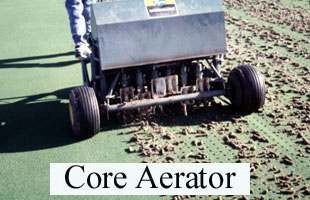
Core-aerating is one of the best things you can do for your lawn. It relieves compaction, hastens thatch decomposition, increases water infiltration and helps promote better root growth. Pay attention to the soil moisture level when coring. The soil should easily crumble when worked between the fingers. If it is too wet, the machine's tines will plug and it will merely punch holes in the wet soil, which increases compaction. If it is too dry, the tines will not be able to penetrate deeply enough to be of benefit. (Ward Upham)
Ornamentals:
Hackberry Psyllid, the Tiny "Gnat" Invading Homes
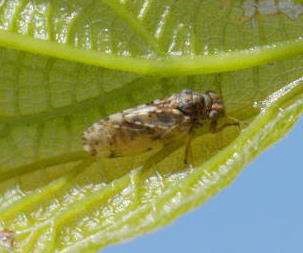
The adults of these insects are tiny and resemble miniature cicadas. They are dark reddish-brown with mottled wings. Most emerge from the galls during warm days in September and are very annoying as they gather around window screens seeking entry into the house. They are tiny enough to crawl through the openings in most screens. In the spring, the adults become active about the time the leaf buds open. The female lays her eggs on the underside of the developing leaves. Egg hatch occurs in 7 to 10 days, and the young nymphs begin to feed immediately. The leaf reacts to the feeding by producing a pouch or gall that entirely encloses the nymph.
Control is difficult. Adults that invade homes can be collected by using a vacuum sweeper but the bag should be discarded or the adults will escape. Since these insects do not seriously affect the vitality of the hackberry tree, control is usually not recommended. (Ward Upham)
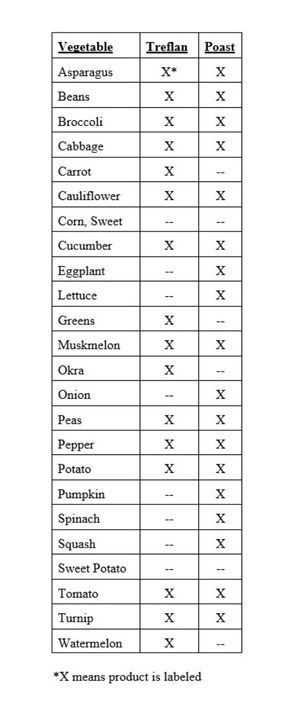
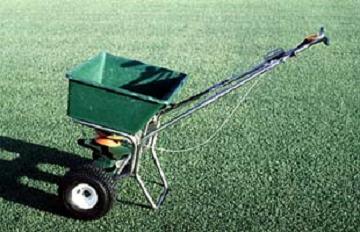
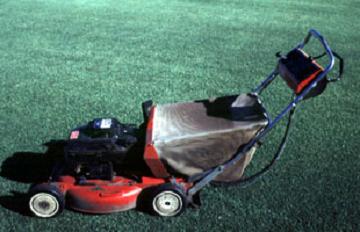
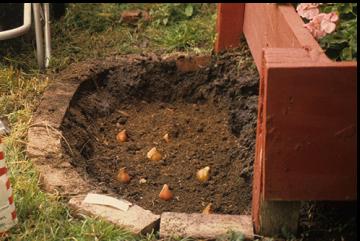
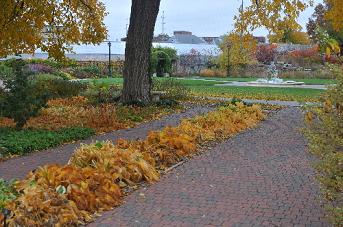
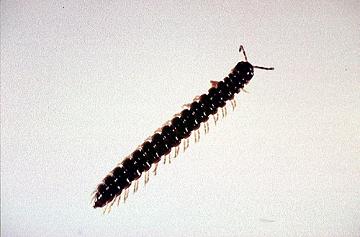
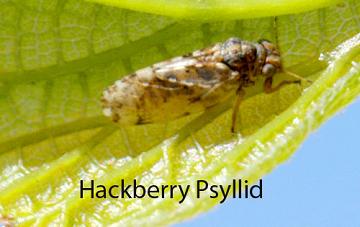
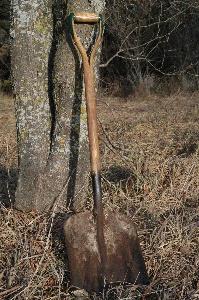
 RSS Feed
RSS Feed
